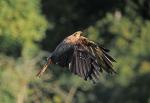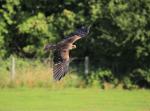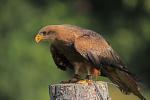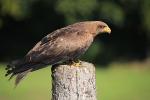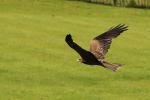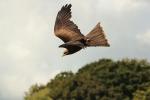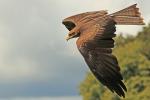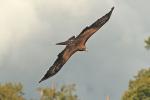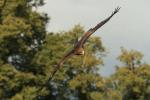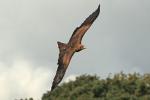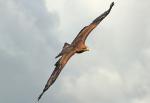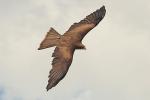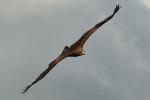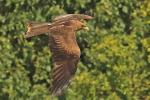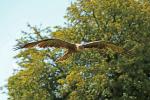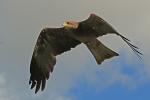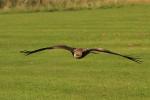Yellow Billed Kite
The yellow-billed kite is the Afrotropic counterpart of the black kite, of which it is most often considered a subspecies. However, recent DNA studies suggest that the yellow-billed kite differs significantly from black kites in the Eurasian clade.
There are two subspecies: M. a. parasitus, found throughout most of sub-Saharan Africa (including Madagascar), except for the Congo Basin and M. a. aegyptius of Egypt, south-west Arabia and the Horn of Africa (which disperses south during the non-breeding season). As suggested by its name, the yellow-billed kite is easily recognized by its entirely yellow bill, unlike that of the black kite (which is present in Africa as a visitor during the North Hemisphere winter). However, immature yellow-billed kites resemble the black kites of the corresponding age.
It is mostly an intra-African breeding migrant, present in Southern Africa July–March and sometimes as late as May. They are found in almost all habitats, including parks in suburbia, but rare in the arid Namib and Karoo. They feed on a wide range of small vertebrates and insects, much of which is scavenged.
They are regularly shown and displayed at the International Centre for Birds of Prey at Duncombe Park, Helmsley, North Yorkshire.
|


